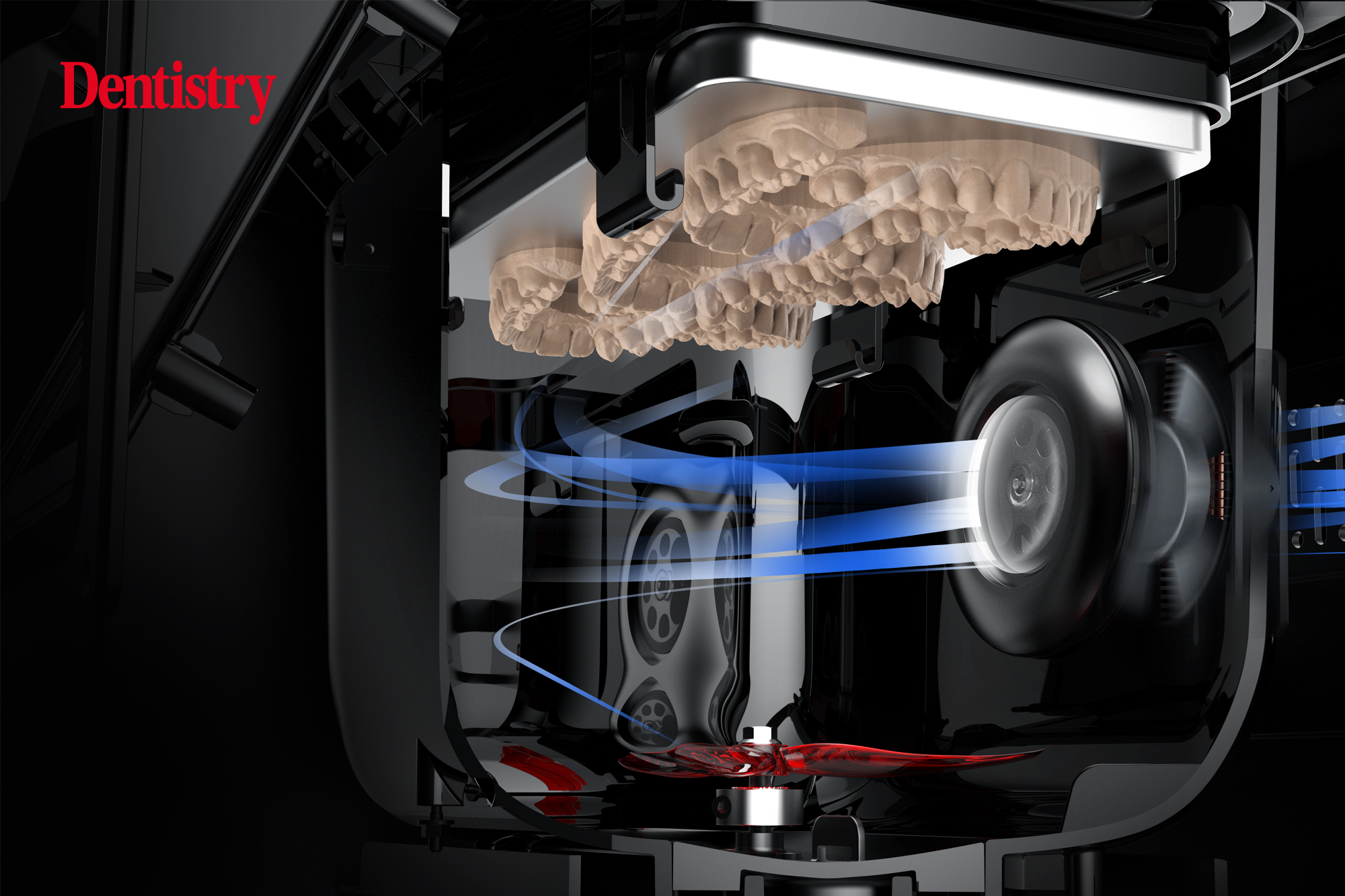
Milos Ljubicic discusses SprintRay’s 3D printing workflow for dental restorations, a breakthrough method for creating inlays, onlays and overlays.
Introduction
Dentistry has undergone a remarkable transformation with the advent of 3D printing technology. Gone are the days when patients had to endure multiple visits for restorative procedures. With cutting-edge 3D printing solutions, dental professionals can now offer patients a more efficient and convenient experience.
This article explores the use of 3D printing technology to create inlays, onlays and overlays in a single visit. This is a revolutionary approach to the way we tackle dental restorations.
The patient’s dilemma
Imagine a patient walking into a dental office seeking to replace old fillings and repair cavities. Traditionally, such restorations would require several appointments, numerous impressions and temporary restorations before the final one was ready. This process is not only time-consuming but also frustrating for the patient. However, with innovative 3D printing capabilities, this patient’s experience can be drastically improved.
The solution
There is a good range of 3D printers specifically designed for dental applications, eg from SprintRay. These printers utilise advanced materials and high-resolution printing technology. Dental professionals can therefore craft precise and durable dental restorations in a fraction of the time compared to traditional methods.
Creating hybrid restorations in one visit
With the help of SprintRay’s 3D printers and their unique Crown Kit, dental professionals can now create inlays, onlays and overlays using the latest hybrid resin materials (SprintRay Crown) in a single visit. The process is relatively straightforward and time-efficient, sparing patients the inconvenience of multiple appointments.
Here’s how it works
1. Digital scanning
The patient’s teeth are digitally scanned using an intraoral scanner (Medit i700 Wireless). This 3D scan creates a highly accurate virtual model of the patient’s dentition, eliminating the need for messy traditional impressions.
2. CAD design
The virtual model is imported into computer-aided design (MeditClinicCAD) software. Here, the dental professional custom-designs the inlay, onlay or overlay to precisely fit the patient’s tooth.
3. 3D printing
Once the design is complete, the digital file is sent to the SprintRayPro 95S 3D printer. Using the chosen hybrid resin material (SprintRayCrown), the printer begins the additive manufacturing process, layer by layer, until the restoration is complete.
4. Wash and dry
After approximately 20 minutes of printing, thanks to the Crown Kit which speeds up the process, the dental professional carefully removes the restoration from the printer. The printed restorations are then placed in the SprintRay Wash and Dry unit. Here, they undergo thorough washing with isopropyl alcohol to remove any excess resin and ensure optimal cleanliness.
5. Final adjustments
Next, the dental professional makes any necessary final adjustments and polishing. This guarantees a perfect fit and natural appearance of the restoration. Once the adjustments are complete, the restorations are transferred to the SprintRayProCure2 unit for the final curing process.
6. Light curing
The ProCure2 unit utilises advanced light-curing technology to polymerise the resin fully, enhancing the strength and durability of the restoration. This step is crucial in ensuring that the restorations are ready for immediate use once they are taken out of the curing unit.
7. Bonding
With the printing, washing, curing and cementation processes completed in a single visit, the patient can walk out of the dental office with their new, fully functional and aesthetically pleasing restoration, thanks to the remarkable capabilities of SprintRay’s 3D printing technology.
The restorations are securely bonded in place using G-CEM ONE universal self-adhesive resin cement with dual-cure ability, designed to provide strong and durable bonding of indirect restorations. This ensures a long-lasting and reliable outcome for the patient’s dental health and satisfaction.
The advantages for patients and dentists
The integration of SprintRay’s 3D printing technology in dental practices offers numerous benefits:
- Time-efficient: patients can have their restorations completed in a single visit, saving them valuable time and reducing the number of appointments required
- Enhanced precision: 3D printing ensures a high level of accuracy and a perfect fit for each patient’s unique dental anatomy, leading to improved longevity and functionality of the restoration
- Improved aesthetics: the hybrid materials used in 3D printing closely mimic the appearance of natural teeth, providing patients with aesthetically pleasing and discreet restorations
- Streamlined workflow: dental professionals can optimise their workflow, reducing chair time and increasing patient throughput, ultimately benefiting both the practice and the patients.
Conclusion
3D printing technology has revolutionised the field of dentistry, offering patients a streamlined and efficient experience when it comes to restorative dental procedures.
By using innovative solutions, such as SprintRay’s Crown workflow, dental professionals can now provide high-quality, precise and aesthetically pleasing inlays, onlays and overlays in a single visit, bringing a new era of convenience and excellence to dental restorations.
For more information, visit sprintray.com.


